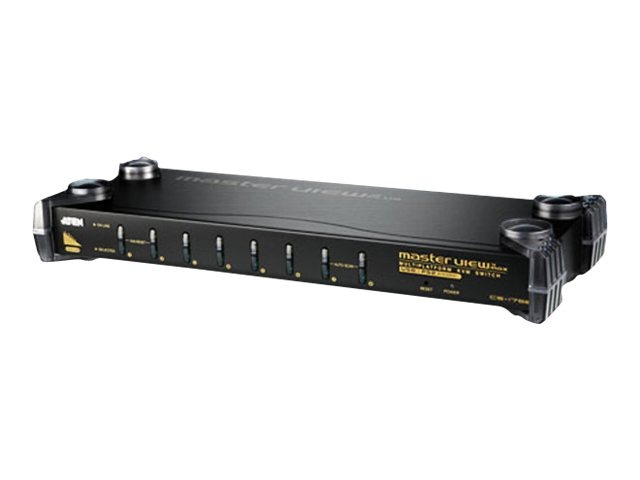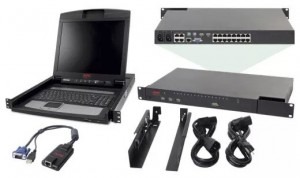
Imagine controlling multiple computers with just one keyboard, monitor, and mouse. That’s the magic of a KVM switch, short for “Keyboard, Video, Mouse.” This handy device acts as a central hub, letting you effortlessly switch between PCs or servers using your familiar setup. Dive into the world of KVM switches, the ultimate multitasking tool for data centers, offices, and creative studios.
Key Takeaways:
- KVM switches empower users to manage multiple computers simultaneously with one set of peripherals.
- Physical KVM switches offer direct hardware connections, while virtual KVM switches enable remote control.
- Ideal for data centers, control rooms, offices, and creative workspaces.
Q: What are KVM switches used for?
A: KVM switches are used to control multiple computers with a single set of keyboard, mouse, and monitor. This is useful for data centers, offices, and creative workspaces where users need to switch between different computers frequently.
In computer hardware, a KVM switch provides users with a greater range of device control. KVM is based on three words: Keyboard, Video, and Mouse. The KVM hardware delivers the capability to manage multiple computers, servers or other KVMs by using a single keyboard, monitor or mouse. KVM switches connect computers as permitted by distance and port availability. Switch specifications tell users the number of devices that can be accessed and controlled. For example, a four-way KVM switch allows for the control of four computers using one set of peripherals. Enterprise-level KVM solutions with remote LAN management are available.

KVM Switches Offering Scalability
More advanced KVM switches are scalable devices that support interconnections using a daisy chain or cascade method. The cascaded or daisy-chained KVM can potentially support more than 500 computers or servers. Each of these computers becomes accessible and controllable by a user on one keyboard. There are KVM devices with 16 or 32 ports for higher density. A rackmount KVM switch enables direct computer connections, while also offering daisy chain architecture to control more than 250 components through one keyboard, mouse and monitor. KVM switch technology in a console is a comprehensive solution that supplies the KVM and the components for control in one unit.
Comms Express stocks a variety of KVM switches from industry leading brands. Click the link below to explore these brands:
View Range of KVM Switches and Console Drawers
Virtual KVM Computer Software
Software can also act as a virtual KVM. Programs are installed on network computers to generate a virtual keyboard and mouse switch. This switch sets up remote access on multiple computers so a mouse cursor can move across individual monitors. Comms Express reps can explain further how physical KVM switches can work in the data centre, command desk or small office.
